Cashew nuts are commonly enjoyed as a snack or used in culinary and confectionery applications worldwide. These crescent-shaped delicacies boast a unique flavor and a myriad of health benefits, making them a popular choice among consumers. However, delving into the origin of cashew nuts reveals a fascinating story that spans centuries and continents, highlighting the resilience and adaptability of the cashew tree and the ingenuity of humans who have discovered and cultivated this remarkable seed. 1. Botanical Origins: The cashew nut, known scientifically as Anacardium occidentale, is not a true nut but rather a seed that forms beneath the fleshy cashew apple, or pseudofruit, of the tree. The cashew tree is native to the northeastern region of Brazil, specifically the coastal area of the state of Pernambuco. The tropical climate, with its humid conditions and rich soil, provided an ideal environment for the cashew tree to thrive. 2. Historical Significance in Brazil: Cashew nuts have been an integral part of Brazilian culture and cuisine for centuries. Indigenous tribes, such as the Tupi-Guarani people, were the first to discover and consume cashew nuts in Brazil. They recognized the nutritional value of the seeds and used them as both food and medicine. The cashew tree itself held vast significance, serving as a source of timber, shade, and traditional healing properties. 3. Introduction to Other Continents: The Portuguese, who colonized Brazil in the 16th century, were the first to introduce cashew nuts to other parts of the world. During their explorations, they brought back cashew seeds to their colonies in India, Angola, Mozambique, and the East African countries. The cultivation and commercialization of cashew nuts spread rapidly, adapting to each region’s unique environmental conditions and cultural practices. 4. Adoption and Adaptation in Asia: India emerged as one of the largest producers and consumers of cashew nuts globally.

nuts
 The cashew tree found an ideal home in the western coastal regions of India due to its similar climate to Brazil. Cashews became an integral part of Indian cuisine, used in various dishes, sweets, and beverages. The cashew industry in India today not only supplies the domestic market but also exports to countries worldwide. 5. Africa’s Role in Cashew Production: Africa plays a significant role in global cashew production, accounting for approximately 50% of the world’s cashew nut exports. While cashew trees were introduced to Africa by the Portuguese, it was during the colonial era that large-scale cultivation began. Countries such as Tanzania, Mozambique, Nigeria, Ivory Coast, and Benin are major cashew producers, benefiting from their favorable weather conditions and rich agricultural landscapes. 6. Cashew Nut Processing: The process of extracting cashew nuts from their protective shells is intricate and requires specialized techniques. The outer shell, a toxic layer containing a caustic substance called urushiol, must be removed before the nut can be consumed. This process can be potentially hazardous if not handled with care. After the removal of the shell, the cashews undergo further processing, including roasting, salting, and flavoring. 7. Nutritional Value and Health Benefits: Cashew nuts are not only esteemed for their rich flavor and versatility but also for their impressive nutritional profile. They are a rich source of healthy fats, protein, dietary fiber, vitamins, and minerals. Research suggests that regular consumption of cashew nuts may contribute to heart health, weight management, improved bone and joint health, and enhanced brain function. Conclusion: The journey of the cashew nut from its humble beginnings in northeastern Brazil to becoming a global delicacy is a testament to the interconnectedness of cultures, the adaptability of nature, and the ingenuity of humans. From the indigenous tribes in Brazil to the Portuguese explorers and subsequent adoption in Asia and Africa, the cashew nut has found a place of prominence in the culinary world. Whether enjoyed on their own, added to recipes, or used in confectioneries, cashew nuts continue to delight taste buds around the globe while providing valuable nutrients and health benefits.
The cashew tree found an ideal home in the western coastal regions of India due to its similar climate to Brazil. Cashews became an integral part of Indian cuisine, used in various dishes, sweets, and beverages. The cashew industry in India today not only supplies the domestic market but also exports to countries worldwide. 5. Africa’s Role in Cashew Production: Africa plays a significant role in global cashew production, accounting for approximately 50% of the world’s cashew nut exports. While cashew trees were introduced to Africa by the Portuguese, it was during the colonial era that large-scale cultivation began. Countries such as Tanzania, Mozambique, Nigeria, Ivory Coast, and Benin are major cashew producers, benefiting from their favorable weather conditions and rich agricultural landscapes. 6. Cashew Nut Processing: The process of extracting cashew nuts from their protective shells is intricate and requires specialized techniques. The outer shell, a toxic layer containing a caustic substance called urushiol, must be removed before the nut can be consumed. This process can be potentially hazardous if not handled with care. After the removal of the shell, the cashews undergo further processing, including roasting, salting, and flavoring. 7. Nutritional Value and Health Benefits: Cashew nuts are not only esteemed for their rich flavor and versatility but also for their impressive nutritional profile. They are a rich source of healthy fats, protein, dietary fiber, vitamins, and minerals. Research suggests that regular consumption of cashew nuts may contribute to heart health, weight management, improved bone and joint health, and enhanced brain function. Conclusion: The journey of the cashew nut from its humble beginnings in northeastern Brazil to becoming a global delicacy is a testament to the interconnectedness of cultures, the adaptability of nature, and the ingenuity of humans. From the indigenous tribes in Brazil to the Portuguese explorers and subsequent adoption in Asia and Africa, the cashew nut has found a place of prominence in the culinary world. Whether enjoyed on their own, added to recipes, or used in confectioneries, cashew nuts continue to delight taste buds around the globe while providing valuable nutrients and health benefits.
Specifications of nuts
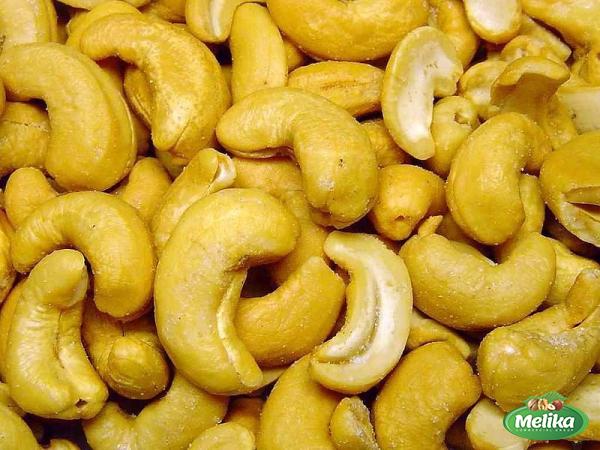 The Cashew Industry: A Worldwide Business 1. Cashew Cultivation and Production: Cashew nuts have become a major agricultural commodity globally, with numerous countries involved in their cultivation and production. Brazil continues to be one of the leading cashew producers, particularly in the northeastern region. Other key players in the industry include India, Vietnam, Ivory Coast, Nigeria, and Tanzania. These countries leverage their favorable climates and suitable agricultural land to yield substantial cashew crops. 2. Economic Impact: The cashew industry provides significant economic benefits to producing countries, acting as a vital source of income and employment. Cashew cultivation and processing generate jobs in rural areas, offering opportunities for farmworkers, processors, and traders. Additionally, cashew exports contribute to foreign exchange earnings, boosting the overall economy of these nations. 3. Value Chain and Trade: The cashew value chain involves various stakeholders, from farmers and processors to wholesalers, exporters, and retailers. After harvesting cashew nuts, they usually undergo processing to remove the shells, ensuring the product’s safety and enhancing its market value. Processed cashews are then traded domestically and internationally, with countries engaging in both import and export activities to meet consumer demand. 4. Global Consumption Trends: Cashew nuts have gained popularity as a healthy snack and ingredient, fueling increased global consumption. Countries such as the United States, the United Kingdom, Germany, Japan, and China are among the leading consumers of cashew nuts. Growing awareness of the nut’s nutritional benefits and versatility has contributed to its inclusion in a variety of dishes and cuisines worldwide. 5. Market Analysis and Trends: The cashew market is influenced by various factors, including supply and demand dynamics, consumer preferences, and economic conditions. Fluctuations in production levels, weather patterns, and exchange rates can impact the cashew industry’s stability and profitability. Additionally, industry players must stay attuned to emerging trends, such as the rising demand for organic and sustainably sourced cashews, as well as the growing interest in innovative cashew-based products. 6. Processing Facilities and Technology: To meet the increasing market demand, cashew processing facilities have undergone significant advancements in technology. Modern processing methods ensure efficiency, quality control, and food safety. These facilities employ techniques such as automated sorting, grading, and packaging, optimizing productivity and minimizing post-harvest losses.
The Cashew Industry: A Worldwide Business 1. Cashew Cultivation and Production: Cashew nuts have become a major agricultural commodity globally, with numerous countries involved in their cultivation and production. Brazil continues to be one of the leading cashew producers, particularly in the northeastern region. Other key players in the industry include India, Vietnam, Ivory Coast, Nigeria, and Tanzania. These countries leverage their favorable climates and suitable agricultural land to yield substantial cashew crops. 2. Economic Impact: The cashew industry provides significant economic benefits to producing countries, acting as a vital source of income and employment. Cashew cultivation and processing generate jobs in rural areas, offering opportunities for farmworkers, processors, and traders. Additionally, cashew exports contribute to foreign exchange earnings, boosting the overall economy of these nations. 3. Value Chain and Trade: The cashew value chain involves various stakeholders, from farmers and processors to wholesalers, exporters, and retailers. After harvesting cashew nuts, they usually undergo processing to remove the shells, ensuring the product’s safety and enhancing its market value. Processed cashews are then traded domestically and internationally, with countries engaging in both import and export activities to meet consumer demand. 4. Global Consumption Trends: Cashew nuts have gained popularity as a healthy snack and ingredient, fueling increased global consumption. Countries such as the United States, the United Kingdom, Germany, Japan, and China are among the leading consumers of cashew nuts. Growing awareness of the nut’s nutritional benefits and versatility has contributed to its inclusion in a variety of dishes and cuisines worldwide. 5. Market Analysis and Trends: The cashew market is influenced by various factors, including supply and demand dynamics, consumer preferences, and economic conditions. Fluctuations in production levels, weather patterns, and exchange rates can impact the cashew industry’s stability and profitability. Additionally, industry players must stay attuned to emerging trends, such as the rising demand for organic and sustainably sourced cashews, as well as the growing interest in innovative cashew-based products. 6. Processing Facilities and Technology: To meet the increasing market demand, cashew processing facilities have undergone significant advancements in technology. Modern processing methods ensure efficiency, quality control, and food safety. These facilities employ techniques such as automated sorting, grading, and packaging, optimizing productivity and minimizing post-harvest losses.
buy nuts
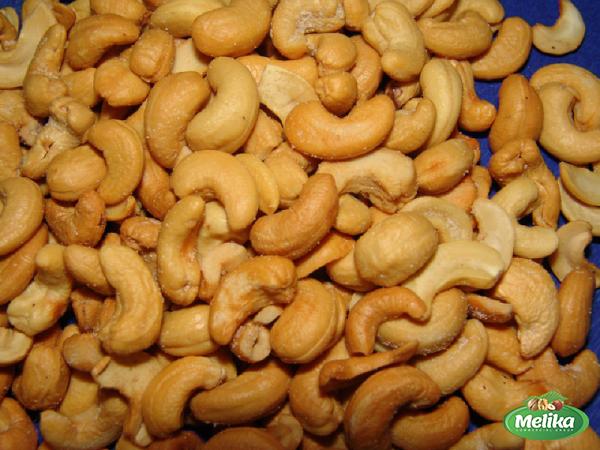 7. Challenges and Opportunities: While the cashew industry presents numerous opportunities, it also faces several challenges. Climate change, pests, and diseases can pose significant risks to cashew plantations, affecting production and quality. Additionally, price volatility, market competition, and supply chain complexities require industry actors to adapt and innovate. However, there are opportunities for sustainable practices, value addition through product diversification, and strategic market positioning. 8. Sustainable Cashew Farming: As consumer demand for environmentally friendly practices grows, sustainable cashew farming has become crucial. Many producers are adopting sustainable agricultural practices, focusing on organic farming methods, water conservation, soil management, and fair trade principles. These initiatives promote biodiversity preservation, social responsibility, and environmental stewardship. 9. Cashew By-Products: The utilization of cashew by-products is gaining traction in the industry, offering additional revenue streams and reducing waste. Cashew shells can be used for energy production or as a raw material in various industries, such as the production of fuel, paints, fertilizers, and water filters. Cashew apple juice and cashew apple-based products also present opportunities for value addition and diversification. 10. Health and Wellness Market: The increasing global focus on health and wellness has created a niche market for healthy snacks and superfoods, including cashew nuts. Cashews’ nutrient profile, coupled with their versatility in vegan and gluten-free diets, positions them as an attractive option for health-conscious consumers. Food manufacturers and retailers can capitalize on this trend by incorporating cashew-based products into their offerings. Conclusion: The origin of cashew nuts may have begun in Brazil, but their journey has taken them far and wide, establishing a thriving global industry in the process. From humble beginnings, cashew nuts have become a cherished food item, valued for their flavor, versatility, and nutritional benefits. The cultivation, processing, and trade of cashews contribute significantly to the economies of producing nations, providing employment and foreign exchange earnings. As the demand for cashew nuts continues to grow, players in the industry must navigate various challenges and capitalize on emerging opportunities to ensure sustainable growth and success in this dynamic global business.
7. Challenges and Opportunities: While the cashew industry presents numerous opportunities, it also faces several challenges. Climate change, pests, and diseases can pose significant risks to cashew plantations, affecting production and quality. Additionally, price volatility, market competition, and supply chain complexities require industry actors to adapt and innovate. However, there are opportunities for sustainable practices, value addition through product diversification, and strategic market positioning. 8. Sustainable Cashew Farming: As consumer demand for environmentally friendly practices grows, sustainable cashew farming has become crucial. Many producers are adopting sustainable agricultural practices, focusing on organic farming methods, water conservation, soil management, and fair trade principles. These initiatives promote biodiversity preservation, social responsibility, and environmental stewardship. 9. Cashew By-Products: The utilization of cashew by-products is gaining traction in the industry, offering additional revenue streams and reducing waste. Cashew shells can be used for energy production or as a raw material in various industries, such as the production of fuel, paints, fertilizers, and water filters. Cashew apple juice and cashew apple-based products also present opportunities for value addition and diversification. 10. Health and Wellness Market: The increasing global focus on health and wellness has created a niche market for healthy snacks and superfoods, including cashew nuts. Cashews’ nutrient profile, coupled with their versatility in vegan and gluten-free diets, positions them as an attractive option for health-conscious consumers. Food manufacturers and retailers can capitalize on this trend by incorporating cashew-based products into their offerings. Conclusion: The origin of cashew nuts may have begun in Brazil, but their journey has taken them far and wide, establishing a thriving global industry in the process. From humble beginnings, cashew nuts have become a cherished food item, valued for their flavor, versatility, and nutritional benefits. The cultivation, processing, and trade of cashews contribute significantly to the economies of producing nations, providing employment and foreign exchange earnings. As the demand for cashew nuts continues to grow, players in the industry must navigate various challenges and capitalize on emerging opportunities to ensure sustainable growth and success in this dynamic global business.

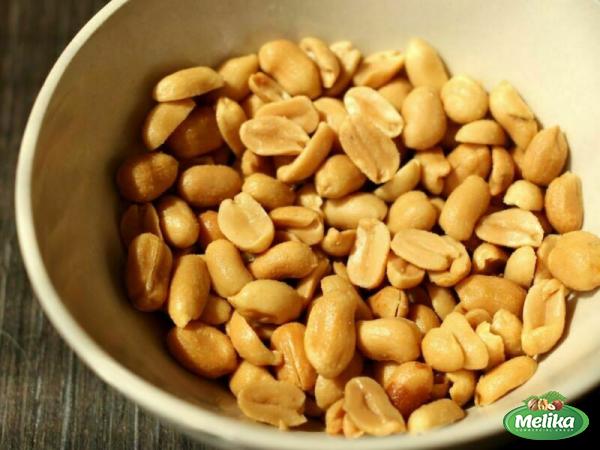


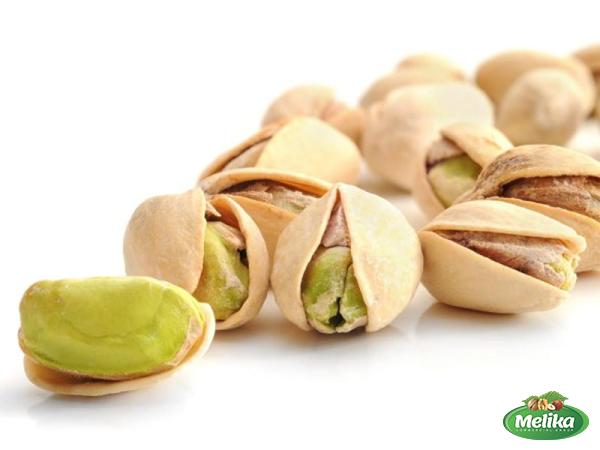
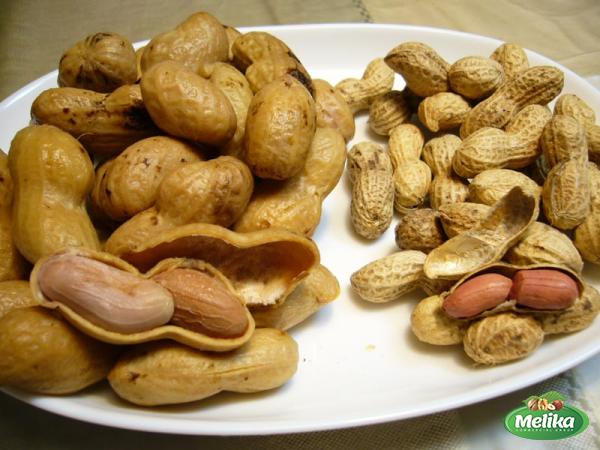
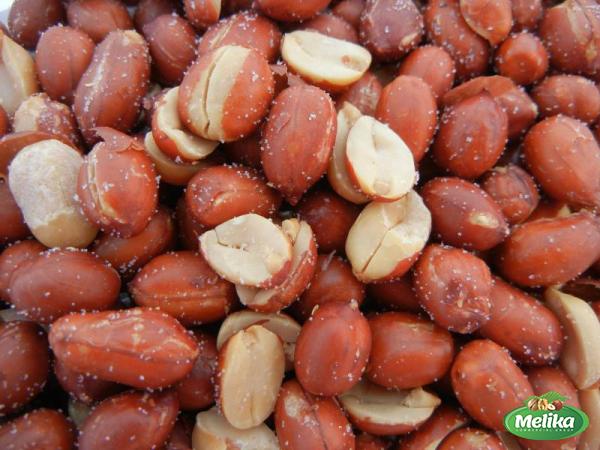

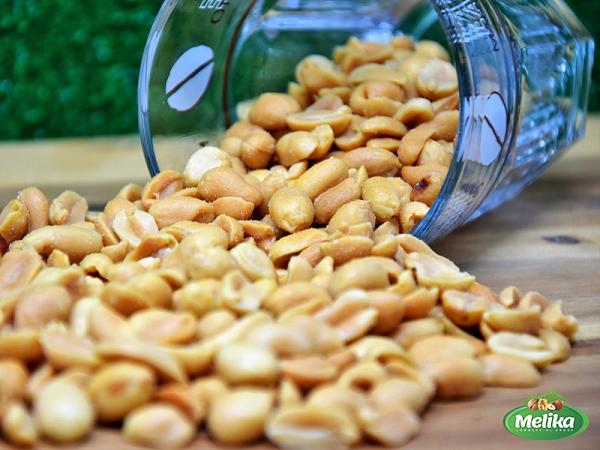

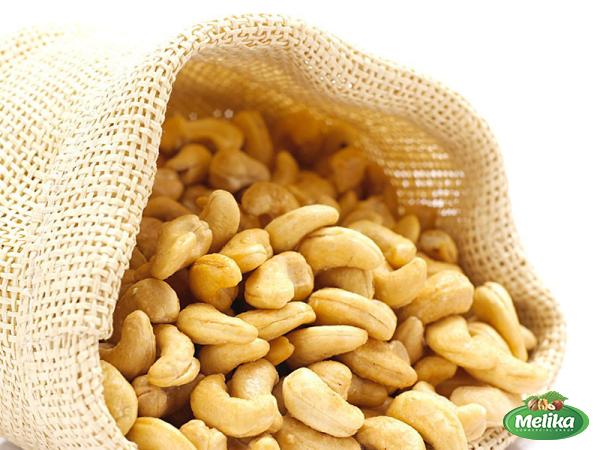
Your comment submitted.